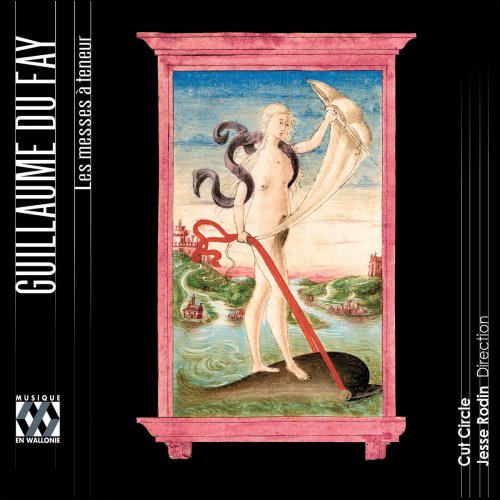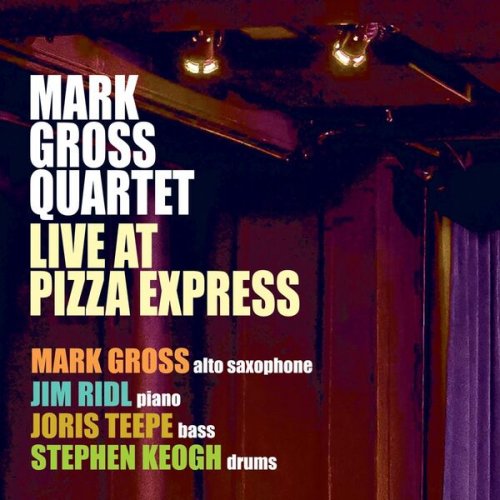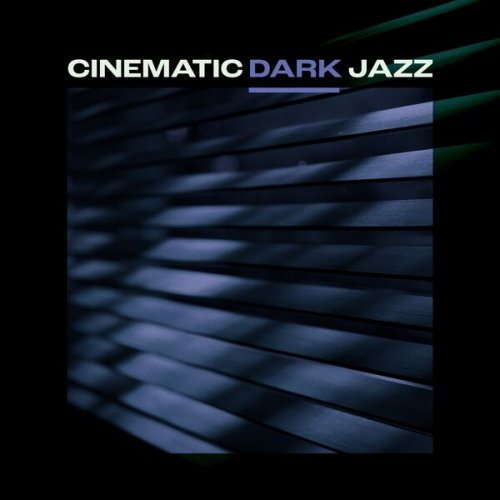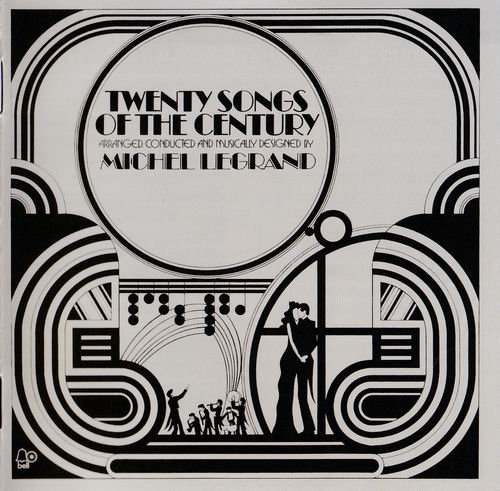Cut Circle & Jesse Rodin - Guillaume Du Fay: Les Messes à Teneur (2016)

Artist: Cut Circle & Jesse Rodin
Title: Guillaume Du Fay: Les Messes à Teneur
Year Of Release: 2016
Label: Musique en Wallonie
Genre: Classical
Quality: FLAC (tracks+booklet)
Total Time: 2:17:16
Total Size: 644 MB
WebSite: Album Preview
Tracklist:Title: Guillaume Du Fay: Les Messes à Teneur
Year Of Release: 2016
Label: Musique en Wallonie
Genre: Classical
Quality: FLAC (tracks+booklet)
Total Time: 2:17:16
Total Size: 644 MB
WebSite: Album Preview
CD1
1. Se la face ay pale
2. Missa "se la face ay pale": I. kyrie
3. Missa "se la face ay pale": II. gloria
4. Missa "se la face ay pale": III. credo
5. Missa "se la face ay pale": IV. sanctus
6. Missa "se la face ay pale": V. agnus dei
7. Missa "l'homme armé": I. kyrie
8. Missa "l'homme armé": II. gloria
9. Missa "l'homme armé": III. credo
10. Missa "l'homme armé": IV. sanctus
11. Missa "l'homme armé": V. agnus dei
CD 2
1. Missa "ecce ancilla domini / beata es maria": I. kyrie
2. Missa "ecce ancilla domini / beata es maria": II. gloria
3. Missa "ecce ancilla domini / beata es maria": III. credo
4. Missa "ecce ancilla domini / beata es maria": IV. sanctus
5. Missa "ecce ancilla domini / beata es maria": V. agnus dei
6. Ave regina celorum
7. Ave regina celorum III
8. Missa "ave regina celorum": I. kyrie
9. Missa "ave regina celorum": II. gloria
10. Missa "ave regina celorum": III. credo
11. Missa "ave regina celorum": IV. sanctus
12. Missa "ave regina celorum": V. agnus dei
First-ever complete recording of Du Fay’s four late masses: Se la face ay pale, L’homme armé, Ecce ancilla domini, and Ave regina celorum.
Close miking recreates the intimate experience of standing shoulder-to-shoulder with Renaissance singers.
Distinguished by lively tempi, dynamic phrasing, and rhythmic energy
Generous, 2-CD set with a lavish booklet, including color images and liner notes in four languages.
As important for defining a central genre in the early Renaissance as Haydn’s London Symphonies or Beethoven’s late string quartets were several hundred years later. Du Fay demonstrates a masterful handling of form in these large-scale works, creating music that is once beautiful and strange, self-assured and experimental.
What did it mean for Guillaume Du Fay (ca. 1397-1474), chameleon-like expert in every musical genre of his day, to compose four settings of the Mass Ordinary toward the end of his life? Looking back from the vantage point of the next generation, when the polyphonic mass reigned supreme, it might be tempting to interpret these works as a self-conscious summa of Du Fay’s career – an achievement akin to Haydn’s London Symphonies or Beethoven’s late string quartets. On a purely musical level these comparisons are apt. Each mass stakes out unique musical terrain; they are often strikingly experimental; and the entire set is shimmeringly beautiful from beginning to end, revealing a composer at the height of his powers.
Close miking recreates the intimate experience of standing shoulder-to-shoulder with Renaissance singers.
Distinguished by lively tempi, dynamic phrasing, and rhythmic energy
Generous, 2-CD set with a lavish booklet, including color images and liner notes in four languages.
As important for defining a central genre in the early Renaissance as Haydn’s London Symphonies or Beethoven’s late string quartets were several hundred years later. Du Fay demonstrates a masterful handling of form in these large-scale works, creating music that is once beautiful and strange, self-assured and experimental.
What did it mean for Guillaume Du Fay (ca. 1397-1474), chameleon-like expert in every musical genre of his day, to compose four settings of the Mass Ordinary toward the end of his life? Looking back from the vantage point of the next generation, when the polyphonic mass reigned supreme, it might be tempting to interpret these works as a self-conscious summa of Du Fay’s career – an achievement akin to Haydn’s London Symphonies or Beethoven’s late string quartets. On a purely musical level these comparisons are apt. Each mass stakes out unique musical terrain; they are often strikingly experimental; and the entire set is shimmeringly beautiful from beginning to end, revealing a composer at the height of his powers.
Download Link Isra.Cloud
Cut Circle - Du Fay_ Les messes à teneur FLAC.rar - 644.5 MB
Cut Circle - Du Fay_ Les messes à teneur FLAC.rar - 644.5 MB








